#plant genetics
Explore tagged Tumblr posts
Text

we are not getting out of the plant blog allegations with this one
#the left is lettuce and the right is cabbage (brassica) if that was not clear#i am a brassica stan through and through#biology#botany#plant genetics#idek what these tags are i need to sort these at some point
7K notes
·
View notes
Text
cpDNA

Patreon
#studyblr#notes#genetics#genetics notes#biology#biology notes#bio#bio notes#chloroplast#chloroplast dna#dna#mitochondrial dna#plants#plant biology#botany#botany notes#plant bio#plant biology notes#plant bio notes#genetics of plants#plant genetics#plants genetics#botanical genetics
3 notes
·
View notes
Text
How Does Plant Breeding Work? And What Are F1 Hybrids?
Plant breeding is an age-old science, deeply rooted in the quest to enhance crop quality, yield, and resilience. Whether you’re a farmer aiming to improve your harvest or a curious gardener fascinated by the diversity of plant varieties, understanding how plant breeding works—and what F1 hybrids are—offers a glimpse into the fascinating world of agricultural innovation. Let’s break it down step…
#Agricultural Innovation#agricultural science#crop improvement#F1 hybrids#F2 hybrids#farming practices#genetic diversity#heterosis effect#hybrid plants#hybrid seeds#hybrid vigor#hybridization#Plant Breeding#plant breeding process#plant genetics#pure line varieties#seed propagation#seed selection#sustainable farming#vegetable breeding
0 notes
Text
Philoconundrum
This is a Plant Post so run for the hills
Here is my Philo: (unnamed)

They’ve gotten veeery biig over the last year. So big in fact, they’ve outgrown their stem.


You might look at these and say “Well that looks like two different plants?” When in fact, you’re wrong! This is actually the same plant.
So here’s a little backstory:
Over winter, my Philo started acting strangely. Instead of growing new leaves, it started growing new stems.


The first one failed, but the second one managed to fully develope into a separate vine.
I later severed this vine and attempted to get it to root, which took several months. It refused to root in water, and dirt. Then when it rooted in dirt, it partially rotted. I cut off the rot, and tried again. Then I realized I probably should have left the stem end out of the soil since that’s where it kept rotting.

And finally, success! It rerooted and the leaf bud finally opened.

Now what’s strange about this, is the severed vine kept the variegation. The rest of the plant went fully green, which I don’t understand. It’s like it shed the variegated genetics somehow.
I went from a plant like this:

To a plant like this:

And it’s like it couldn’t be happier. It’s grown three new leaves since the first photo in this post which was taken only three weeks ago.

Even the old withered stem is starting to grow new branches with leaf buds that are now opening.


And they’re variegated too, just like the severed piece, since the old stem still holds those genetics.
Speaking of:

Since the severed piece is well rooted now, it’s growing new leaves of it’s own!
What I’m going to have to do, and I’ve been dreading it since I don’t want to accidentally unalive my plant in the process, is sever the green part from the rest of the old stem and attempt to root it on it’s own, keep the old stem, and wait and see if I need to sever the new branches, or let them grow, adding to the old plant. That way I have three separate plants and not two relying heavily on that old withered stem for nutrient uptake.
It makes me wonder what would have happened if I picked the green branch and cut it instead of the variegated one, and left the variegated branch on the stem..
Anyways, that’s all. If this somehow interests you, I have more Plant Posts up my sleeve.
Bonus:


Philo as a babie at my apartment last summer and Philo last winter when I was living at that farm house. (house owner’s girlfriend’s dog that I babysat) (the dog was nice) (yes that is plastic cutlery)
🌱🌿🪴🎋🍃🌺🌸
#sadz talks#plants#gardening#tropical plants#philodendron#indoor plants#plant care#variegated#variegated plants#plant mutations#plant behavior#plant talk#plant husbandry#weird plants#plant freaks#plant genetics
0 notes
Text
How Plants Grow: Understanding the Basics of Plant Biology and Genetics
Plants are essential to life on Earth, supporting ecosystems while providing oxygen, food, and shelter. Exploring how plants grow requires exploring the essentials of plant biology and genetics. This knowledge reveals how these remarkable organisms move from seeds into mature plants, with processes accessible to any curious mind. Life Cycle of a Plant Plant growth begins with seed germination.…
#basic botany#genetics of plants#how plants grow#photosynthesis in plants#plant biology#plant development#plant genetics#plant growth process#plant life cycle#plant physiology
0 notes
Note

hey this was taken from a matt rose video
lets see what animal/plant kim kardashian is
String identified: GCATCAGTCGCATGCATGCACGATCGATCGATCAGCAGC
Closest match: Sorghum bicolor subsp. drummondii cultivar S722 chromosome 10 Common name: Sudangrass
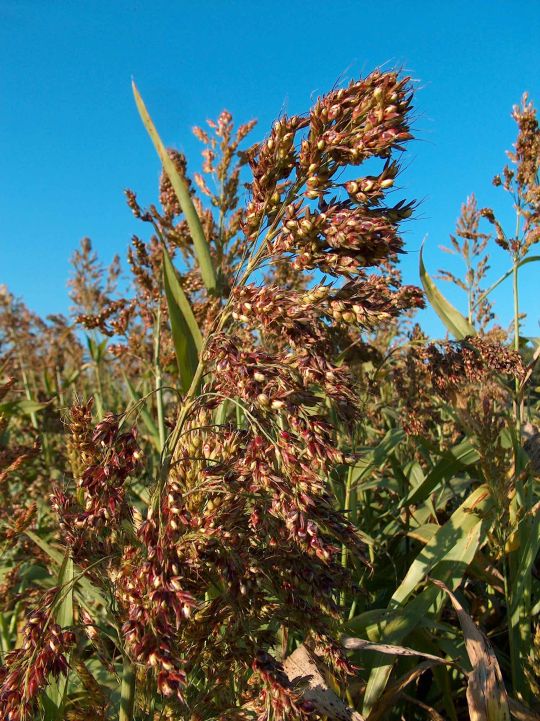
(image source)
#tumblr genetics#genetics#asks#requests#sent to me#kim kardashian#kimkardashian#matt rose#grasses#cultivar#plants#sudangrass#most commonly used as livestock feed! interesting
4K notes
·
View notes
Photo

The Solanum americanum genome has been used to discover immune receptors that detect potato late blight pathogen effectors. The discovery could lead to the development of new, more effective ways to fight the late blight pathogen.
#Genomics#Plant genetics#Biomedicine#general#Human Genetics#Cancer Research#Agriculture#Gene Function#Animal Genetics and Genomics#fault#Solanum americanum#genome#immune receptors#late blight pathogen#effectors#development
1 note
·
View note
Text
Plants are so weird sometimes
This watermelon is kind of special.

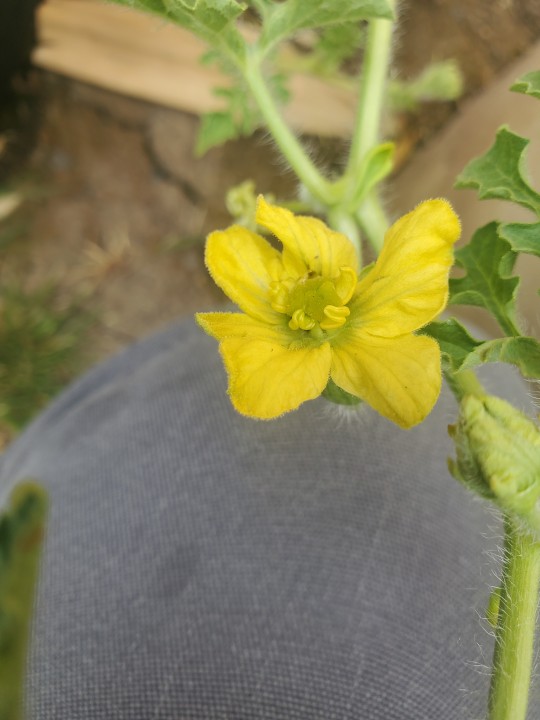
All of the female flowers on this watermelon plant are hermaphroditic. Which is weird because I cross pollinated the parents so I know both parents had typical flower arrangements of male and female.
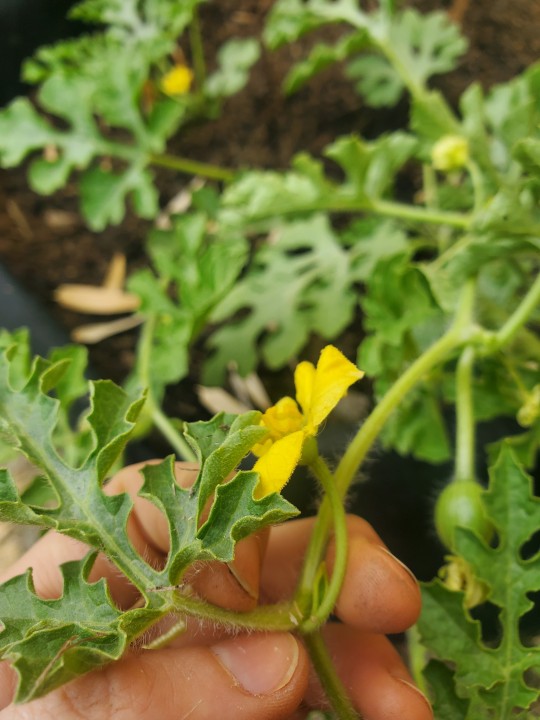

The male flowers are normal.
I'll definitely keep the seeds from this one.
#i did have a plant do this one year with its first couple flowers with ovaries#and it was the same cultivar as this plants pollen parent#but that was years before i did this cross#gardening#watermelon#plant genetics
0 notes
Text


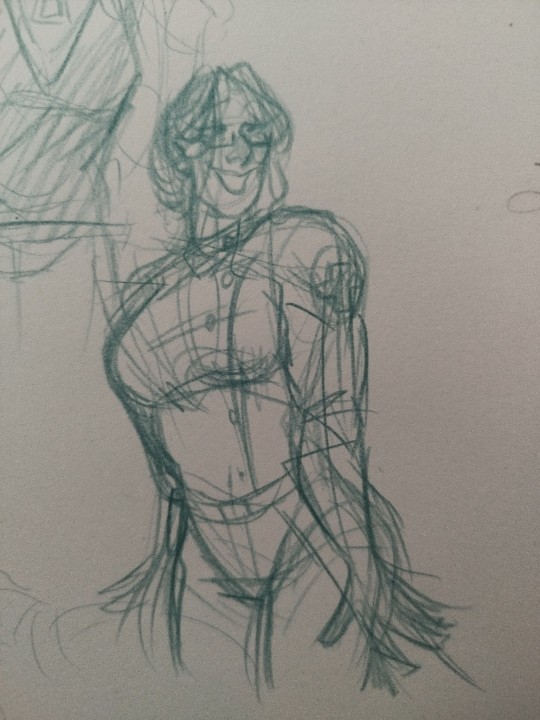
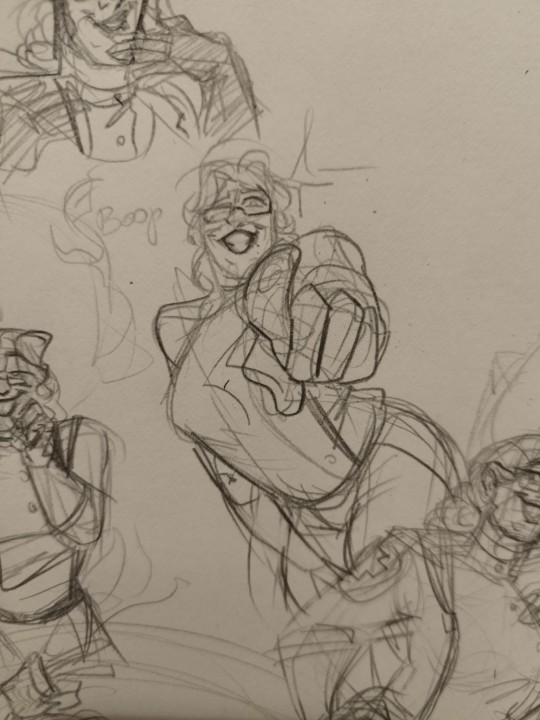



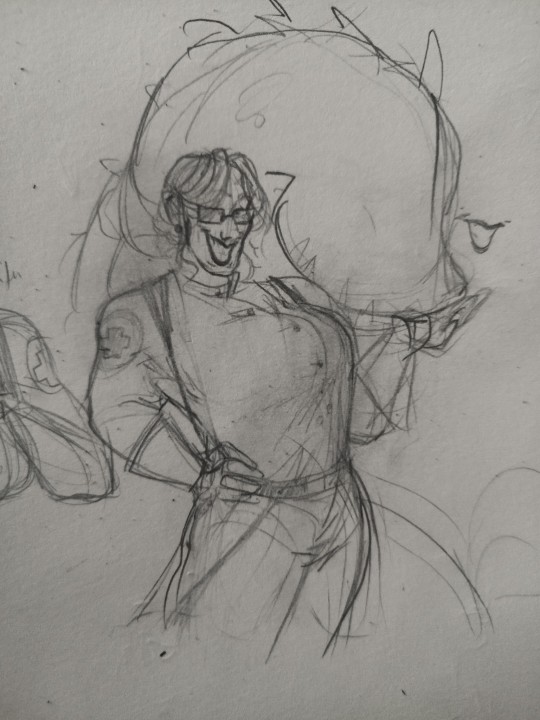
Being gay isn't easy because wdym I'm down bad for a grown up,middle aged version of a fanchild between Engineer and Medic
Her names Marian btw and she's both nuts,cunning, charismatic and self harm inflicting- 'would do anything for science ' scientists who likes plants and mushrooms too much
#shes also immue to posion#any kind from plants#tf2#science party#team fortress 2#art-chi#tf2 medic#engiemedic#engineer x medic#tf2 engineer#medic x engineer#medicengie#yes im tagging this bc I CAN#tf2 fanchild#tf2 next gen#next gen tf2#engiemedic fanchild#genetic engineering#german engineering
72 notes
·
View notes
Text
"A company in France has developed genetically-enhanced houseplants that remove 30 times more indoor air pollutants than your normal ficus.
Paint, treated wood, household cleaners, insulation, unseen mold—there is a shopping list of things that can fill the air you breathe in your home with VOCs or volatile organic compounds. These include formaldehyde and other airborne substances that can cause inflammation and irritation in the body.
The best way to tackle this little-discussed private health problem is by keeping good outdoor airflow into your living spaces, but in the dog days of summer or the depths of a Maine winter, that might not be possible.
Houseplants can remove these pollutants from the air, and so the company Neoplants decided to make simple alterations to these species’ genetic makeup to supercharge this cleaning ability.
In particular, houseplants’ natural ability to absorb pollutants like formaldehyde relies on them storing them as toxins to be excreted later.
French scientists and Neoplants’ co-founders Lionel Mora and Patrick Torbey engineered a houseplant to convert them instead to plant matter. They also took aim at the natural microbiome of houseplants to enhance their ability to absorb and process VOCs as well.
The company’s first offering—the Neo P1—is a Devil’s ivy plant that sits on a custom-designed tall stand that both maximizes its air-cleaning properties and allows it to be watered far less often.
Initial testing, conducted by the Ecole Mines-Telecom of Lille University, shows that if you do choose to shell out the $179 for the Neo P1, it’s as if you were buying 30 houseplants. Of course, if you went for the budget route of 30 houseplants, you’d have to water them all.
The founders pointed out in an interview done with Forbes last year that once they settled on the species and fixed the winning genetic phenotype, the next part of the process was just raising plants, the same activity done in every nursery and florist in every town in Europe."
Deliveries for the P1 are estimated for August 2024.
-via Good News Network, November 6, 2023
--
Note: I'm not a plant biologist, but if this works the way the company's white paper says it does, holy genetic engineering, Batman.
(Would love to hear thoughts from anyone who is a plant biologist or other relevant field!)
#plant biology#superplant#pollution#indoor plants#plantblr#house plants#plantlife#hope posting#solarpunk#small business#genetic engineering#genetics#molecular biology#microbiome#respiratory health#france#ivy
577 notes
·
View notes
Text
Ever think about Surge canonically owns two tails???
I do!





Plant butt—
#phantoms#surge the tenrec#Freaking!!! Plant butt!!!#she has a plant butt#they look like leaves!!!#but also... two tails is such a rare genetic mutation... rare enough that there's only one other person with it#wild huh
42 notes
·
View notes
Text

#i didnt make this credit to my friend ubro for making the funniest shit alive#they gave me permission to post#ophioglossum reticulatum#biology#meme#botany#i think#ferns#plant biology#plant genetics#dude these guys are so fucked up#acamemeia
1K notes
·
View notes
Text
Grass may transfer genes from their neighbors in the same way genetically modified crops are made, a new study has revealed. Research, led by the University of Sheffield, is the first to show the frequency at which grasses incorporate DNA from other species into their genomes through a process known as lateral gene transfer. The stolen genetic secrets give them an evolutionary advantage by allowing them to grow faster, bigger or stronger and adapt to new environments quicker.
Continue Reading.
309 notes
·
View notes
Text


213 notes
·
View notes
Text
Dandelion News - October 22-28
Like these weekly compilations? Tip me at $kaybarr1735 or check out my Dandelion Doodles on Patreon!
1. Industrial wastelands to wildlife oases: Five nature wins that have actually worked
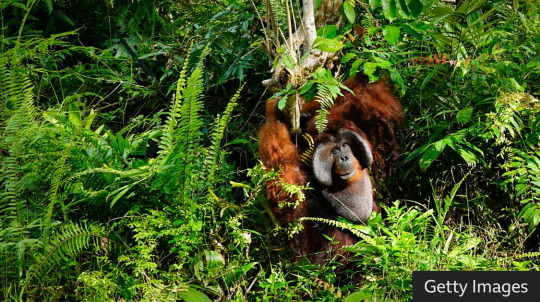
“[An archipelago in the Indian ocean] experienced a major whale comeback after signing up to a debt for nature swap[….] In Sri Lanka's capital of Colombo, local efforts have transformed what was once a rubbish dump to a wetland teeming with [wildlife….]”
2. Louisville launches America’s first 100% electric garbage truck fleet

““These innovative EV collection trucks will fulfill our trash, compost and recycling needs, reduce noise pollution, and include larger windshields to increase each driver’s field of vision and lower greenhouse gas emissions[….]” [The trucks are equipped with] audible devices that alert nearby drivers and pedestrians to compensate for their quieter operations.”
3. How a nearly extinct crocodile species returned from the brink in Cambodia

“By the late nineties, [Siamese crocodiles] were thought to be extinct. […] Today there are about 1,000 Siamese crocodiles in the wild[….] The first crocodiles were reintroduced into the wild in 2012 and they have begun breeding in the wild: over a hundred eggs were discovered in the forests in July, the most so far.”
4. Before his death, this conservative combat veteran filmed a PSA advocating for his transgender son

““Eric [“a conservative South Carolina U.S. Army combat veteran and father of a transgender child”] believed in the importance of freedom for trans kids — the right to live authentically and without fear,” [his widow] said. “He saw this not as a political issue but as a human one, recognizing that every child deserves the chance to thrive and feel whole.”” [Curator’s note: obviously, utmost condolences to Eric’s family; I’m including this as good news because it’s impactful to see a respectable member of the political party more often known for transmisia instead publicly advocating for his son’s human - not just political - rights]
5. Azores to create largest Marine Protected Area in North Atlantic – and a 'blueprint' for the rest of the world

““The Azores’ waters are a hotspot for marine life, hosting a third of the world's whale and dolphin species,[…” and harbouring] “cold-water corals and sponge fields that act as nurseries and feeding grounds for countless species, from deep-sea sharks to commercially valuable fish stocks.””
6. ‘It’s a big lever for change’: the radical contract protecting Hamburg’s green space

“Citizen power forced Germany’s greenest city-state into a binding agreement balancing housing and nature[….] The authorities signed an agreement with the citizen’s initiative to protect 30% of Hamburg’s land area – 10% as untouchable nature reserves and 20% with a looser conservation status – and ensure the share of public green space in the city rises over time.”
7. Behind the Scenes at the Federal Bee Lab Powered by Native Plants
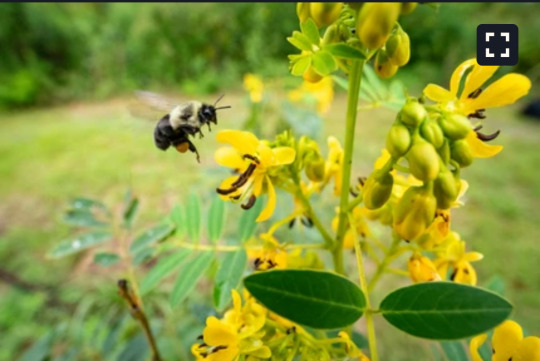
“Once native plants reappeared at the lab, he says, the impact was dramatic. In the first year, many of the region’s 200 native bee species arrived in droves. [… B]irds Droege had never before seen on the premises began to turn up to feed on the native plant seeds[….]”
8. Atlanta neighborhood hired case manager to address rising homelessness. It's improving health and safety for everyone

“Michael Nolan, an Intown Cares social worker, is trained in an approach that emphasizes individual autonomy and dignity, recognizes that being homeless is a traumatic experience, and prioritizes access to housing. [… H]iring a social worker has enabled East Atlanta Village to resolve conflicts gently, through conversation and negotiation.”
9. Loggerhead Sea Turtle Nests Make a Remarkable Comeback in Greece

“As long-lived and migratory species, [loggerheads] contribute to the health of seagrass beds and coral reefs, which are vital habitats for many marine organisms. Their nesting activities also contribute to beach ecosystems and help promote biodiversity.”
10. Rapid genome analysis of a Whippet sighthound sets new standard for biodiversity research

“[Scientists] have sequenced and analyzed the complete genome of a Whippet sighthound in less than a week. […] Rapid analysis is increasingly important for the conservation of endangered species, [… giving] insights into their biological relationships, evolution and adaptations to environmental conditions.”
October 15-21 news here | (all credit for images and written material can be found at the source linked; I don’t claim credit for anything but curating.)
#hopepunk#good news#conservation#wildlife#habitat#habitat restoration#electric vehicles#waste management#crocodiles#reptiles#conservatives#veterans#trans rights#protect trans kids#human rights#ocean#whale#dolphin#shark#coral reef#germany#native plants#native bees#bees#homelessness#homeless#unhoused#sea turtle#dogs#genetics
40 notes
·
View notes
Text
The origins of modern genetics. From Mendel's principles of heredity, by W. Bateson.



(cont.) These F₂ plants were again allowed to fertilise themselves and the offspring of each plant was separately sown. It was then found that the offspring, F₃, of the recessives consisted entirely of recessives. Further generations bred from these recessives again produced recessives only, and therefore the recessives which appeared in F₂ are seen to be pure to the recessive character, namely, in the case we are considering, to dwarfness. But the tall F₂ dominants when tested by a study of their offspring (F₃), instead of being all alike (as the dwarfs or recessives were), proved to be of two kinds, viz. (a) Plants which gave a mixed F₃ consisting of both talls and dwarfs, the proportion showing again an average of three talls to one dwarf. (b) Plants which gave talls only and are thus pure to tallness. The ratio of the impure (a) plants to the pure (b) plants was as 2 to 1. The whole F₂ generation therefore, formed by self-fertilisation of the original hybrid consists of three kinds of plants: 25% pure dominants, 50% impure dominants, 25% pure recessives. Or three dominants : one recessive.
35 notes
·
View notes